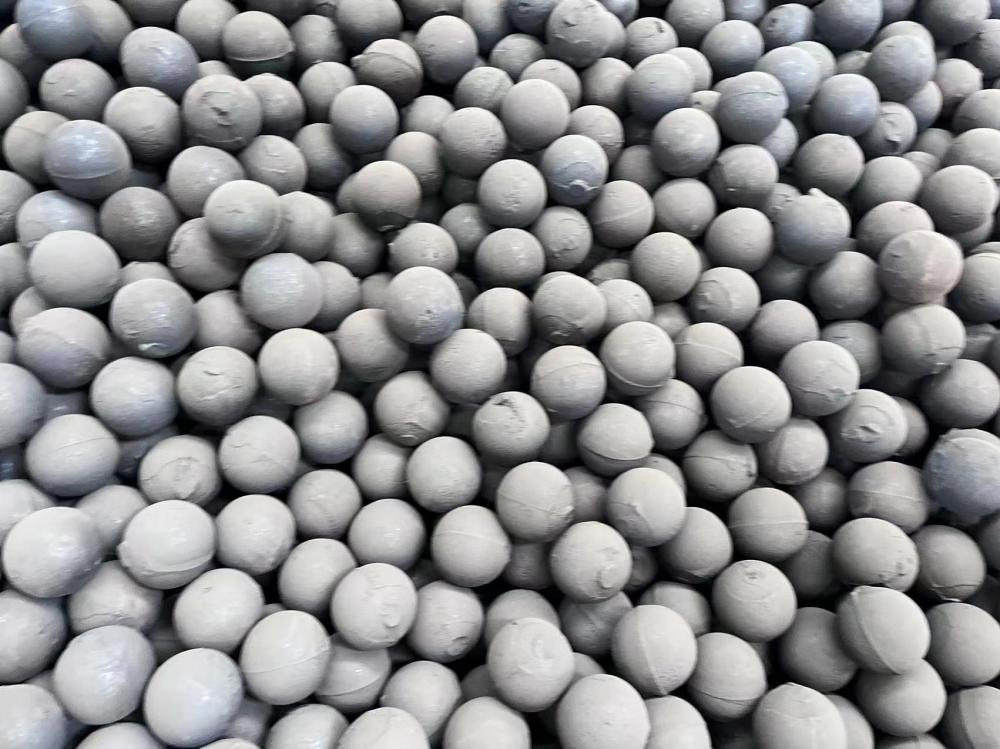Autoclave Safety Structure: The autoclave is designed as a horizontal steel cylinder, with the lid made from a single piece of 16MnR steel plate. The lid is flanged and constructed using high-quality 16Mn forging for the body flange. All welded joints are heat-treated and subjected to rigorous non-destructive testing in accordance with industry standards. The door is operated manually via a hand-operated reducer, featuring a fast-moving door structure. Alternatively, it can be equipped with power, pneumatic, or hydraulic systems for door opening and closing, depending on user preference. A comprehensive safety interlock system is integrated to prevent misuse and ensure safe operation for personnel. Two types of door configurations are available—side-opening and top-opening. The side-opening model uses a rotating arm mechanism, allowing smooth and easy access at a low position. The top-opening type features a lever mechanism, where the lower end is connected to the door and the upper end is fitted with a counterweight, making it lightweight and space-efficient.
The autoclave sealing ring is a rubber device embedded in the flange groove during the pressurization stage. It is a consumable part, primarily available in a "V" shape, and is used to seal the kettle lid by applying steam pressure through a curved pipe once the rated pressure is reached. This ensures a secure and reliable seal during operation.
Improving Autoclave Insulation for Energy Efficiency
Proper insulation of an autoclave is essential for both energy conservation and operational efficiency. During the curing process, heat transfer occurs through conduction, radiation, and sometimes convection and phase change. Our autoclaves are insulated to minimize these losses, typically using mineral wool or rock wool as the insulating layer, covered with polished aluminum or galvanized sheets to reflect radiant heat.
However, many enterprises fail to achieve optimal insulation results due to several common issues. One major problem is insufficient insulation thickness. According to national standards, the insulation layer should be at least 120mm thick, but in practice, this is rarely met. The reinforcement rings of the kettle body are often left exposed, which not only reduces insulation effectiveness but also allows rainwater to seep into the insulation layer, further degrading performance and increasing heat loss.
To address this, a two-layer insulation system is recommended—two layers of 60mm mineral or rock wool to block conduction and convection, followed by a protective layer of polished aluminum or galvanized sheet to reduce radiation. The protective layer must fully cover the reinforcement rings, with overlapping seams to prevent water penetration and maintain insulation integrity.
Another issue is the use of substandard insulation materials, such as calcium silicate blocks or aerated concrete waste, which may have poor thermal resistance and lack proper waterproofing. These materials are difficult to install correctly, and the mortar used in construction can also reduce insulation performance. If such materials are used, the surface layer must be carefully applied to prevent cracking and peeling, and additional measures like canopies should be installed to protect against moisture.
Insulation process defects are also common, including random welding of brackets and hooks onto the kettle body, which increases heat dissipation and violates safety regulations. Instead, all components should be insulated wherever possible without unnecessary modifications. Additionally, the kettle door and head are often overlooked in insulation efforts, leading to significant heat loss, especially in wet or cold conditions. Proper waterproofing, particularly for the kettle head, is crucial to maintaining efficiency and reducing energy waste.
Recommended Equipment: Ground Flip Cutting Machine, Aerated Concrete Production Line
For more information or assistance, please contact us:
Phone: 0391-3705666
Fax: 0391-3705003
Mobile: 13673607707
Email: [Not Provided]
Address: Intersection of Zhongfu Road and Zhongye Street, Wen County Industrial Cluster, Jiaozuo City, Henan Province
Alloy Cast Balls And Wear Resistant

Alloy Cast Balls And Wear Resistant,Alloy Wear-Resistant Steel Ball,Grinding Abrasion-Resistant Steel Balls,Grinding Steel Balls
Xuzhou Surun wear-resistant material Co., LTD , https://www.suruntools.com